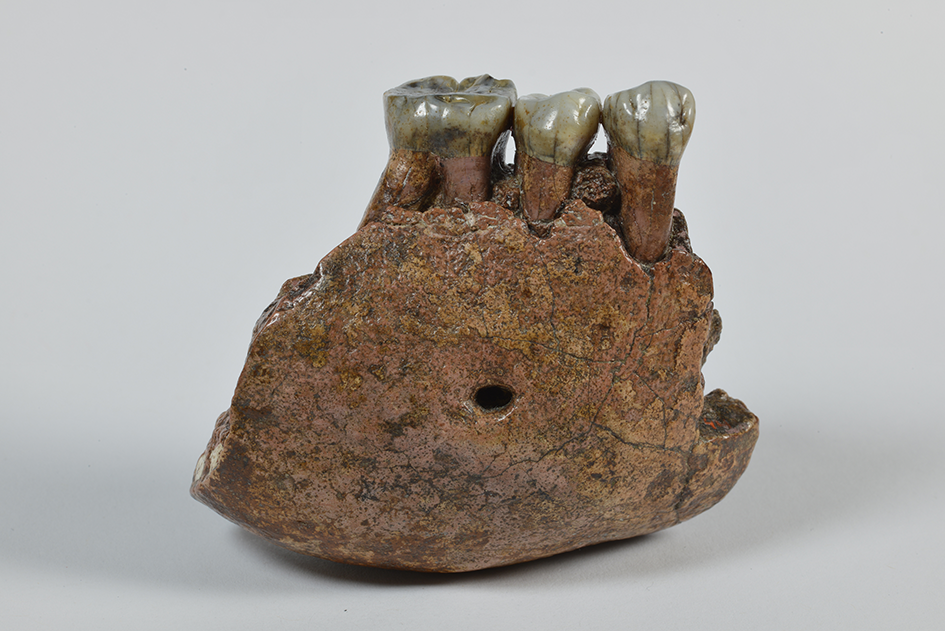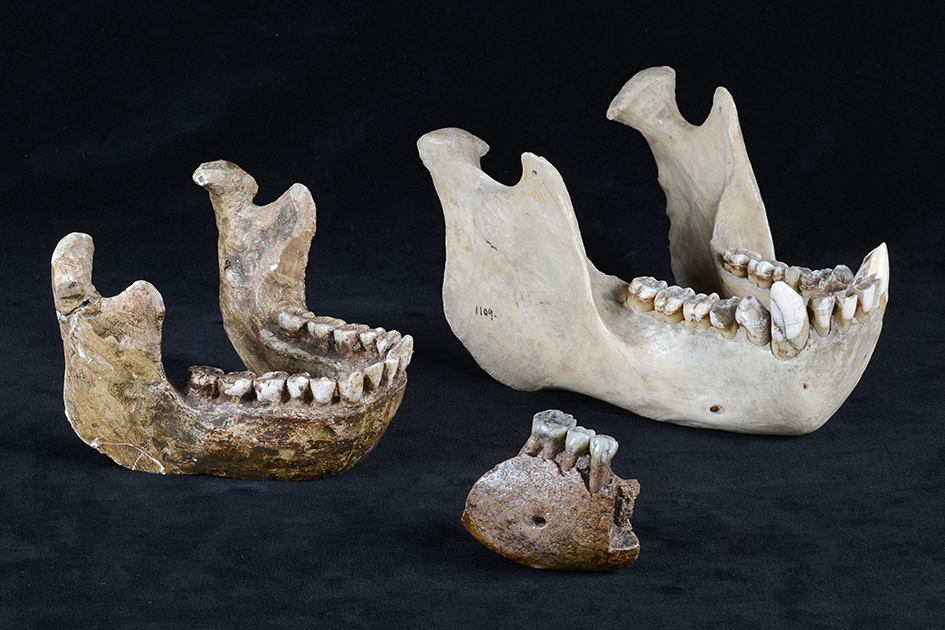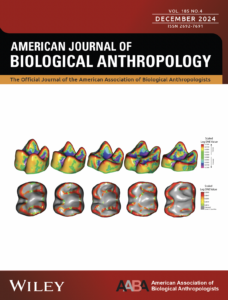
Verwendungshinweis:
Alle Rechte vorbehalten. © Senckenberg Forschungsinstitut und Naturmuseum Frankfurt. Nur zur Verwendung im Rahmen der aktuellen wissenschaftlichen Publikation. Jegliche weitere Nutzung oder Verˆffentlichung sowie die Weitergabe an Dritte bedarf einer vorherigen ausdr¸cklichen schriftlichen Genehmigung des Senckenberg Forschungsinstituts und Naturmuseums Frankfurt. Es ist obligatorisch das Senckenberg Forschungsinstitut und Naturmuseum Frankfurt in allen Publikationen im Zusammenhang mit den Abbildungen zu nennen.
All rights reserved. © Senckenberg Research Institute and Natural History Musem Frankfurt. Usage only for purpose in the context of the present scientific publication. Any use beside the above mentioned purpose, or dissemination to a third party, has to be permitted by the Senckenberg Research Institute and Natural History Frankfurt. It is obligatory to credit the Senckenberg Research Institute and Natural History Museum Frankfurt in any publication concerning the images.
Fossil remains were discovered in Indonesia in 1940’s and initially attributed to Meganthropus palaeojavanicus by Gustav Heinrich Ralph von Koenigswald, who believed that Meganthropus was a hominin species. However, this classification was later abandoned, and the Meganthropus remains were considered to be a robust form of Homo erectus. Together with Clément Zanolli from the University of Bordeaux, Ottmar Kullmer from the Senckenberg Research Institute, and Roberto Macchiarelli from the University of Poitiers, we have re-analyse these remains using advanced 3D imaging techniques, to look at the internal tooth morphology and to reconstruct the chewing behaviour of these individuals (image provided by Clément Zanolli).

Our results were quite surprising, because the Meganthropus remains did not look similar to Homo erectus, but closer to other apes. When we compared these remains with other fossil and extant apes, such as orangutans, again Meganthropus remains look a bit different. For these reasons, we confirmed the existence of a new but extinct ape genus, Meganthropus, inhabiting the forests of Java during the Pleistocene together with Homo erectus, orangutans, and most likely Gigantopithecus. A totally unexpected high hominid diversity.

The results have been published this week on the prestigious journal Nature, Ecology & Evolution: link





